American Eats: A Culinary Journey through the USA
The essence of a nation’s culture can often be encapsulated in its cuisine. For the USA, a diverse and vast country, the array of dishes and culinary practices represent a rich tapestry of histories, influences, and innovations. At the heart of this is American traditional food, a phrase which conjures up images of barbecued meats, apple pies, and fast-food drive-thrus. But delve deeper, and you’ll find a story of regional specialties, home-cooked traditions, and modern trends that continue to shape what Americans consume.
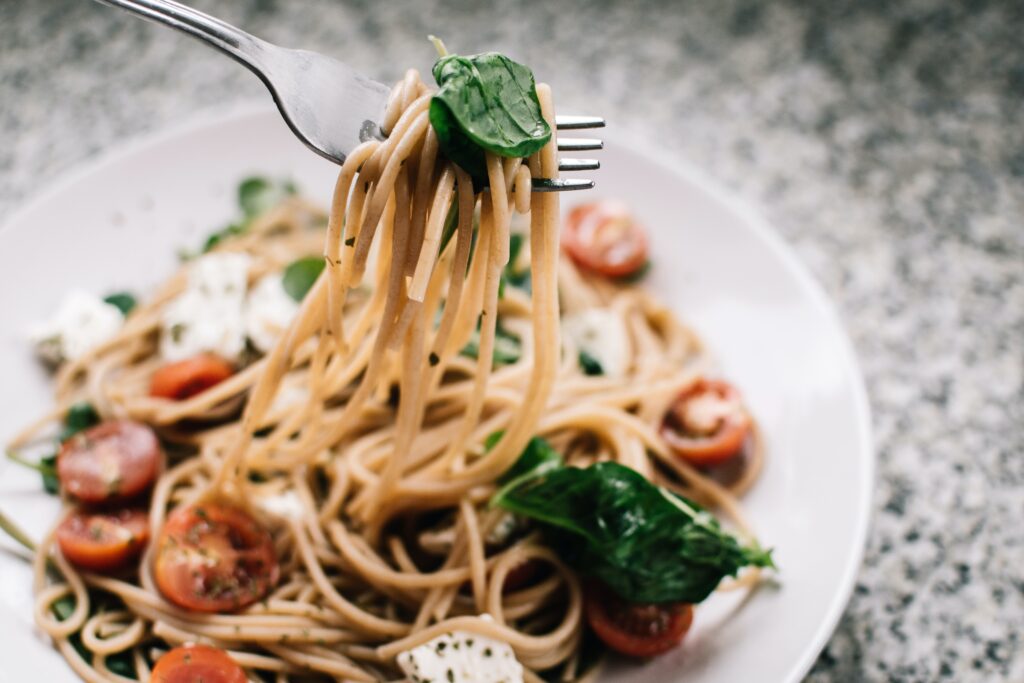
Kochi
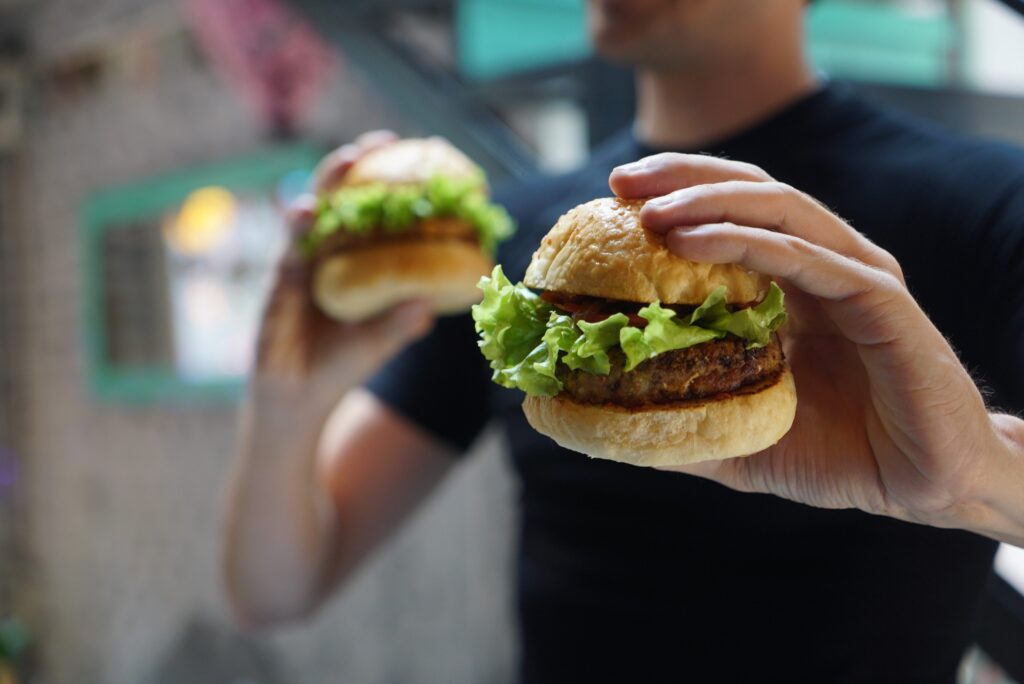
Dhamaka
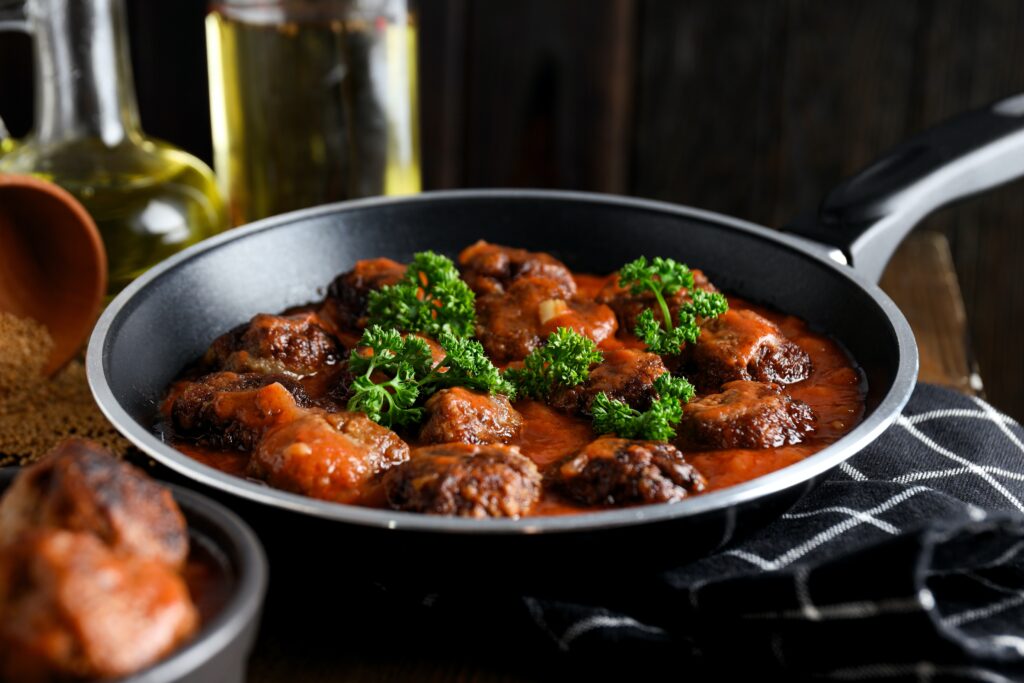
Atoboy

Clover Hill

Elias Corner

Crown Shy

Gramercy Tavern

Sushi Nakazawa

Olmsted

Cadence
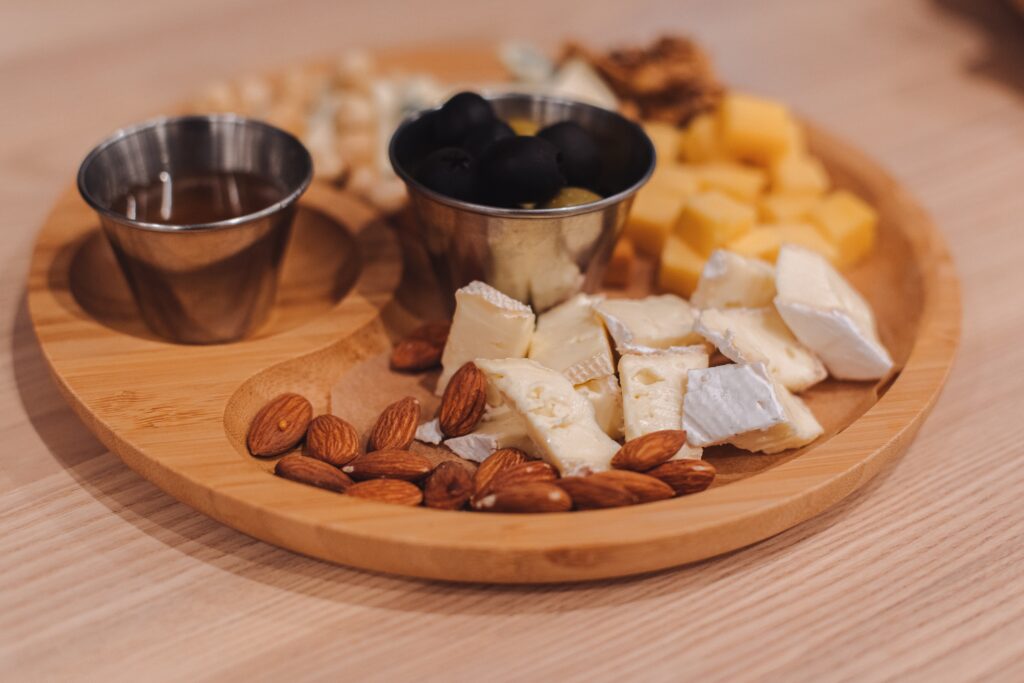
Gage & Tollner
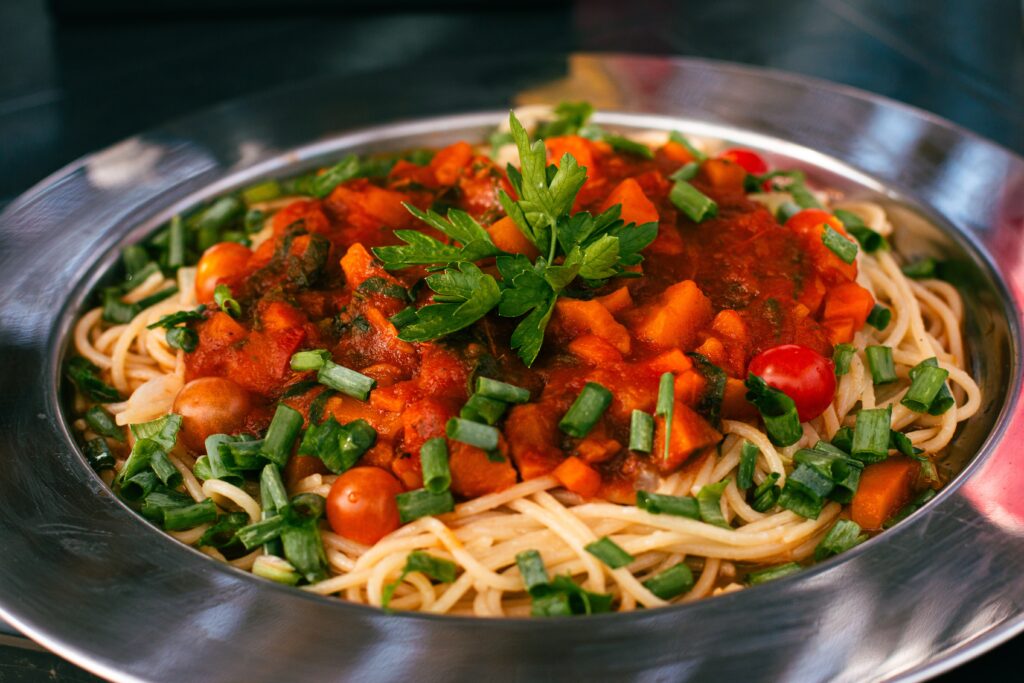
Rezdôra

Ugly Baby

Cote

Van Da

The History of American Cuisine
Before the proliferation of fast food chains and gourmet coffee shops, the history of American food began with its indigenous people. Native American tribes had a plethora of unique dishes, from maize-based recipes to game meat and fish. The arrival of European settlers added another layer of complexity, introducing ingredients like wheat and cattle, and eventually leading to the fusion of flavors that we recognize today. The African influence, brought in largely by the slave trade, gave rise to soul food, while Asian immigrants in the late 19th and early 20th centuries brought with them a treasure trove of spices and cooking techniques. You can write my research papers with help of domyessay.com on this topic.
Most Popular American Dishes
Speak of American eats, and certain iconic foods spring to mind immediately. The juicy hamburger stands at the forefront, with historians and chefs debating its true origins—was it the Germans who first introduced it or did it purely evolve as an American creation? Regardless of its birthplace, its mouth-watering layers of meat, cheese, lettuce, and often a slice of tomato between two buns have made it a fast-food favorite not just in the U.S., but around the world.
Then there’s the apple pie, a delightful concoction of sugared apples, a sprinkle of cinnamon, all encased in a flaky pastry crust. Often accompanied by a scoop of vanilla ice cream, this dessert is so entrenched in American culture that the phrase “as American as apple pie” has become commonplace.
Fried chicken, with its golden crispy exterior and succulent meat inside, tells a story of the Southern states. It’s a dish that speaks of Sunday family gatherings, picnics in parks, and soulful food traditions. Its influence has spread far and wide, with variations found from coast to coast, each region adding its unique twist.
No discussion on American food would be complete without mentioning the humble hot dog. Best enjoyed at baseball games, it’s more than just food; it’s an experience. The soft bun, the sizzling sausage, often topped with mustard, ketchup, onions, or even relish, embodies the spirit of American fast food.
And of course, the pizza. Originally an Italian marvel, America embraced it wholeheartedly, adapting and innovating along the way. From New York’s thin crust to Chicago’s deep-dish, the plethora of toppings and the sheer creativity applied to pizzas in the U.S. is mind-boggling. Whether it’s pepperoni, veggies, or the controversial pineapple, there’s a slice for everyone.
Together, these dishes weave a narrative of a nation’s love affair with food. They echo memories of family dinners, picnics, celebratory feasts, and simple everyday meals, reminding us that food is not just sustenance but a tapestry of shared experiences and cultural evolution.
Leading American Food Chains
In the modern age, the American culinary landscape is dotted with logos, mascots, and signage that beckon diners from near and far. These emblems are not just symbols of food; they are indicators of the country’s changing tastes, its adaptability, and its culinary prowess. Fast food has become synonymous with “American eats”, and the reach of these chains extends beyond borders, influencing palates worldwide.
The ubiquitous McDonald’s golden arches represent more than just burgers. It’s about the experience of Americana, the Happy Meals, the drive-thrus, and the consistency of taste whether you’re in New York or Tokyo. Starbucks, on the other hand, changed the coffee game. What began as a single store in Seattle’s Pike Place Market is now an empire that has popularized the coffee culture, turning lattes, frappuccinos, and macchiatos into household names.
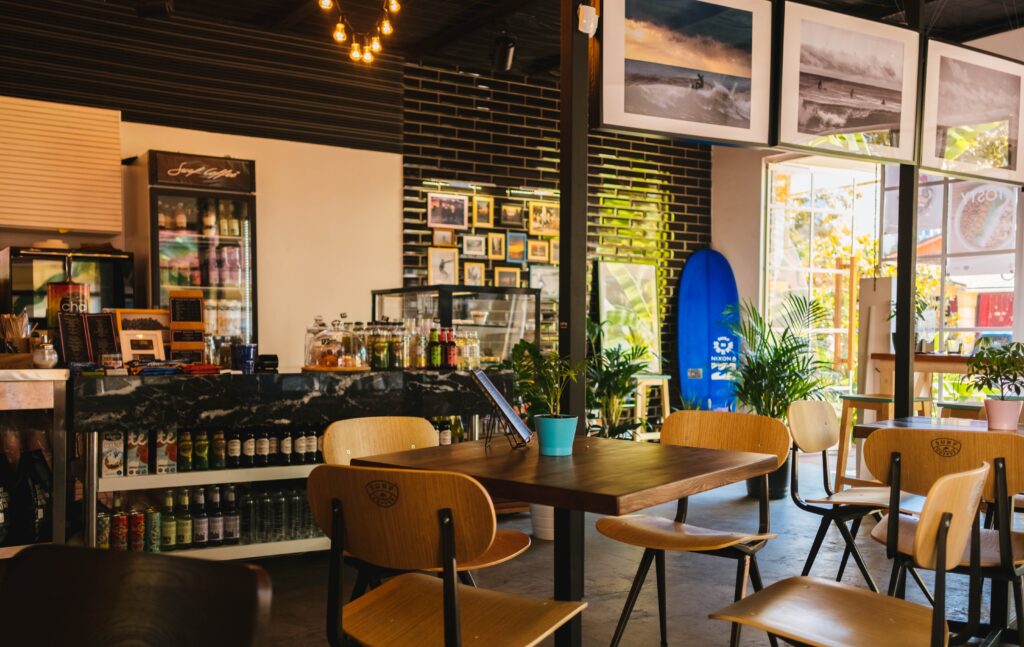

Chipotle brought forward the charm of Mexican cuisine with a twist that catered to American tastes. Its build-your-own burrito concept not only appealed to the desire for customization but also emphasized fresh and responsibly sourced ingredients. But beyond these giants, there are chains that reflect America’s diverse palate. Dunkin’ with its coffee and donuts caters to the morning rush, while In-N-Out Burger on the West Coast has achieved a cult-like following for its simplistic yet delicious burger menu.
Amidst this fast-food galaxy, there are unique stars like the “American Eat Co.” Located in Tucson, this establishment deviates from the conventional fast-food blueprint. Instead, it provides a platform for various culinary artists to showcase their skills, making it an amalgamation of flavors and one of the most diverse places to eat in Tucson.


The East Coast boasts joints like Shake Shack, which started as a hot dog cart in New York City and now serves some of the best burgers and shakes. On the other hand, the South has Chick-fil-A, which has not only garnered a loyal following for its chicken sandwiches but also represents Southern hospitality. Further, the Pacific Northwest is home to companies like MOD Pizza, which emphasizes individuality through its artisan-style pizzas, and the Midwest saw the rise of Wendy’s, renowned for its fresh beef burgers and rich, creamy Frostys.
These chains are more than just eateries; they are community hubs, meeting places, and representations of the American entrepreneurial spirit. They testify to America’s enduring love for food, the art of fusion, and the country’s knack for turning a simple meal into a global phenomenon. As these chains continue to evolve, innovate, and expand, they ensure that American food remains an ever-evolving and delicious narrative.
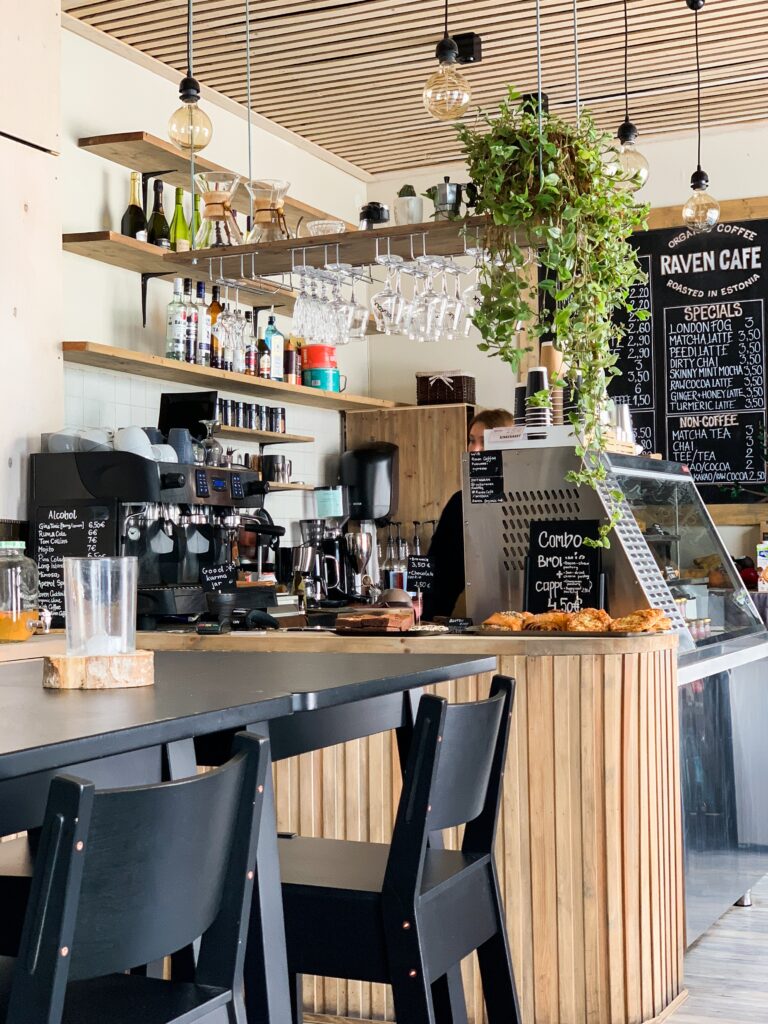
America's Regional Specialties
Dive deeper into the map, and you’d be amazed at the regional variations. New England boasts of its creamy clam chowder and seafood platters. Head south, and the aroma of barbecued meats in Texas or the tangy flavors of gumbo in Louisiana await. The Midwest offers hearty casseroles, while the West Coast is a fusion of organic produce and Asian-inspired dishes. In particular, the food Tucson has to offer encapsulates this regional diversity, from its spicy Mexican-inspired dishes to more traditional American fare.
Delving into a jasper ai review also sheds light on the ethical considerations of AI in the workplace. While it offers efficiency and automation, there is an ongoing debate about the impact of such technology on job security and the potential for AI to replace human roles.
Home-cooked Comfort Foods
While restaurants and fast-food joints are essential to the American culinary scene, nothing beats the allure of home-cooked meals. This is where memories are made, recipes are passed down, and comfort is found at the end of a long day. Dishes like meatloaf, casseroles, and pot roast tell tales of generations, of families gathering on Sunday afternoons, and of the simple pleasures that wholesome food brings.


Modern American Diet Trends
As the world moves forward, so do American eating habits. The rise of health-conscious diets has seen a surge in vegan, keto, and paleo dishes. Gone are the days when salads were the only “healthy” option on the menu. Today, quinoa bowls, avocado toasts, and almond milk lattes represent the changing face of American food. Yet, even amidst these changes, there’s a constant: an insatiable curiosity and openness to try new things.
Festive and Holiday Foods
Every culture celebrates with food, and America is no different. The Thanksgiving turkey, symbolizing gratitude and togetherness. The Christmas ham, glazed and adorned, taking center stage on the festive table. Then there’s the Fourth of July barbecue, where grills across the country fire up to serve steaks, burgers, and hot dogs, making the nation’s independence day a gastronomic delight.

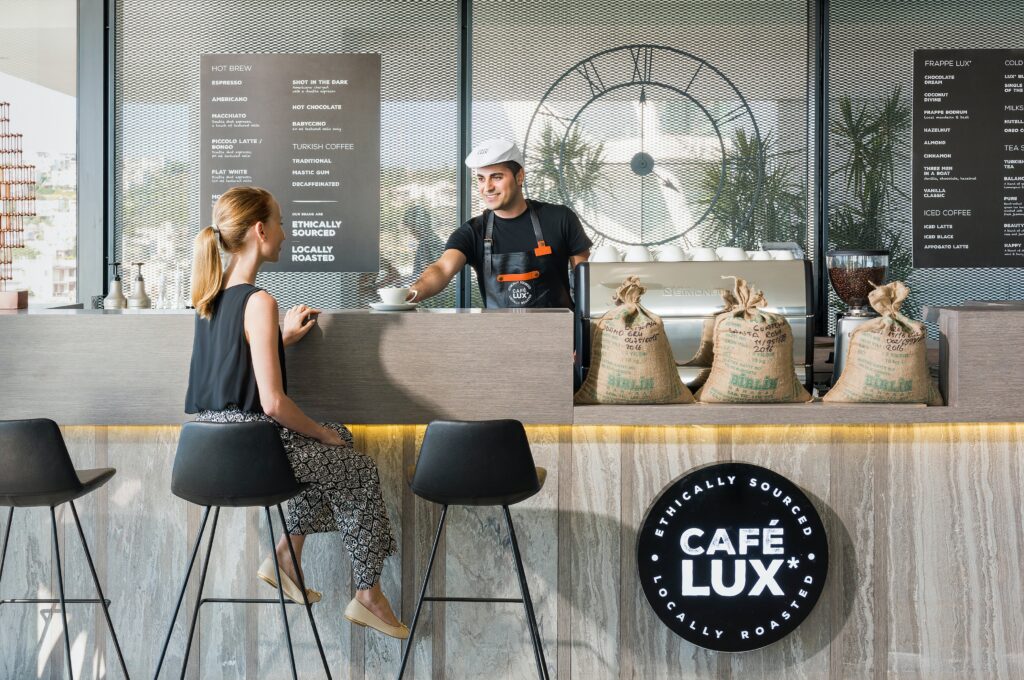
Drinks and Beverages: More than Just Soda
When you think of American drinks, perhaps sodas or milkshakes come to mind. But the beverage spectrum is vast. The Pacific Northwest boasts some of the best craft beers, Kentucky is synonymous with bourbon, and recently, there’s been a surge in artisanal coffee shops, each trying to brew the perfect cup. Tucson food and beverage establishments, in particular, offer a tantalizing mix of traditional drinks like horchatas and modern brews, reflecting the city’s vibrant culinary culture.
In conclusion
American food is not just about food; it’s a narrative of its people, history, and the ever-evolving culture. Whether you’re grabbing a quick bite from a food truck, dining in a five-star restaurant, or cooking a family recipe passed down through generations, you’re partaking in a story that’s as old as the nation itself. So, the next time you sit down for a meal, take a moment to savor not just the flavors, but the journey of American cuisine.